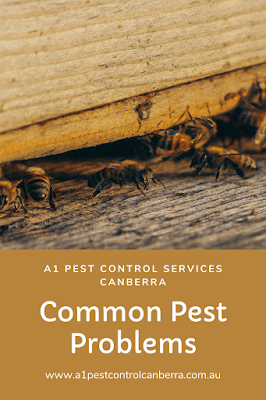How to Tell Honey Bees & Wasps Apart
Wasps and honey bees can be mistaken for one another because both insects are capable of giving painful stings. While honey bees can attack when provoked, wasps are naturally and more aggressive predators. Identifying the difference between honey bees and wasps is important in order to administer proper treatment of wounds and appropriate pest control.
Wasps and honey bees are both members of the Hymenoptera order of insects. However, their physical bodies are different. Honey bees measure around 2.54 cm long. Some have entirely black bodies, while others are black or brown with orange or yellow striations. Honey bees are hairy, while wasps usually have smooth and shiny skin. Wasps are narrow-waisted, have four wings and may be brightly colored, with black and yellow patterns.
Wasps and bees also differ in lifestyle and habits. Honey bee colonies can have populations over 75,000, while wasps' colonies tend to have fewer than 10,000 individuals. Queen wasps build a nest for their colony, while worker honey bees create and maintain hives. Unlike most wasps that hibernate during the winter season and build a new nest the following autumn, honey bees do not hibernate, as they live on food reserves and heat accumulated by thousands of workers. Wasp species cannot produce honey, but all species of honey bees are capable of producing and storing sizeable amounts of honey within their hives. While honey bees can sting only once and die after attacking, a single wasp is capable of stinging multiple times.
Also Visit: Wasps & Bees



Comments
Post a Comment